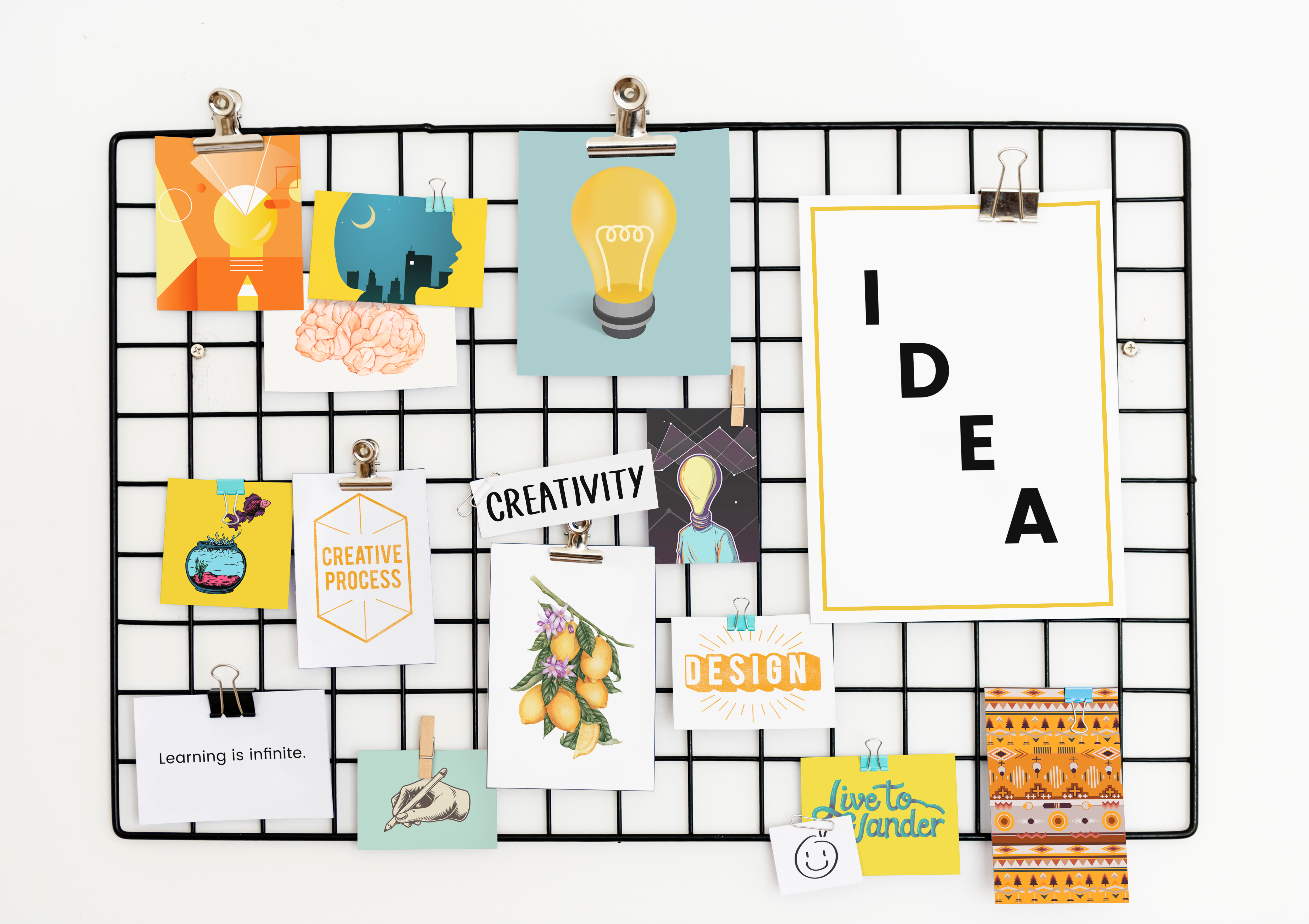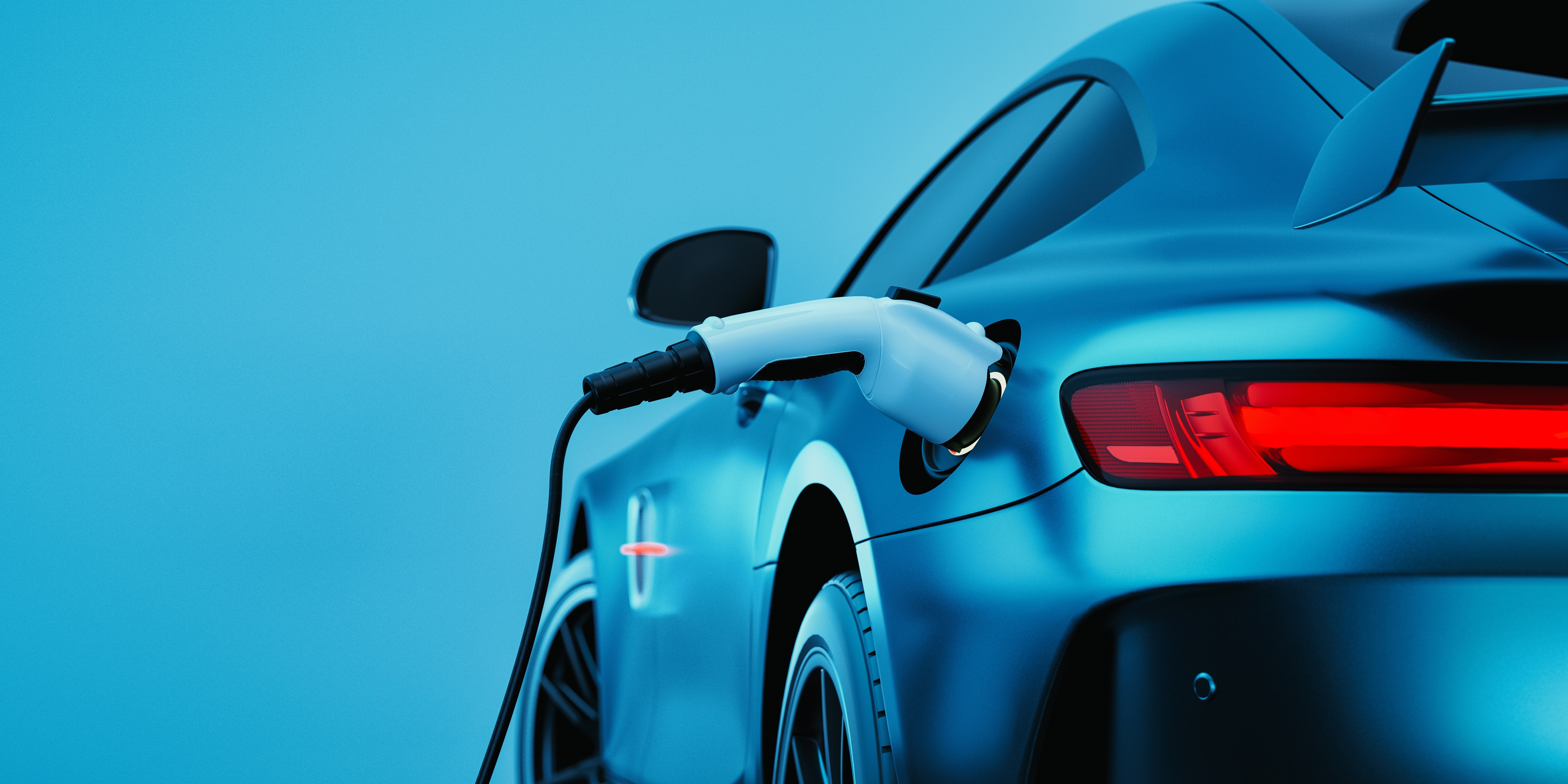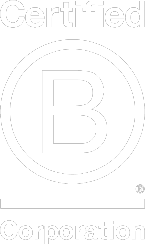Since most designers haven’t mastered the art of telepathy, we have to find the most efficient way to share our vision with peers and clients. Sometimes it’s hard to communicate these ideas and our vision, making it very easy for them to be misread or misinterpreted. Creating a mood board allows you to convey a similar look and feel to what you would like to create in your design. For this reason, mood boards are the perfect jumping point for any design project!
What is a mood board?
A mood board is a type of visual presentation or collage consisting of elements like fonts, colour palettes, imagery, or illustration styles and importantly, layout references that deal with a similar design context. They exist as a designer’s tactile and visual sandbox, where they can openly experiment with the different components of a design. Mood boards allow creatives the ability to show clients and colleagues a proposed look without investing too much on the assumptions that might end up being a neglected direction.
Although it takes some extra time to create them, mood boards certainly prove that they are worth it, and in the long run, they can actually become time saving creative devices.
Here are a 3 reasons you should use a mood board to start your creative design journey.
-
They help establish the basics of your project. Mood boards help and guide your work. They’re also an excellent way to refine a project’s style before diving into the actual design process. They help establish all of the baseline that will eventually go into a style guide: colour palettes, typography, layout, and image treatments. They also back up your thought process and give people a better understanding of the outcome of what you want to create. They’re a valuable resource to help keep the style and aesthetic of a project consistent with the desired goals and expectations.
-
Mood boards are fluid. There are no real ‘rules’ that dictate what a mood board should and should not include or what it must look like. Designers have a plethora of creative freedom during this phase. Even if you are working on a digital project, you don’t necessarily have to create a digital mood board. Mood boards are very fluid and can transcend multiple mediums and dimensions. You can use a saved an image, take a photo, take a screenshot, take a newspaper or magazine clipping there is no limit to what can be on your mood board and they come in all different formats, shapes, and styles.
-
They save time. Even though you may have to use a little extra time to create these mood boards, mood boards are time and cost effective in the long run. This is because design efforts and design direction that do not create the right sentiments to your target audience(s), or internal stakeholders can be tweaked and improved before the final product is created.
Always look for multiple sources when building your mood board. Places like stock photo sites, design galleries, colour palette sites like colorhunt, the physical environment and physical objects, typography galleries, and even social media platforms such as Instagram, Twitter, Tumblr and Pinterest always have visual content to look at and a diverse variety of opinions to read. Anything that inspires and excites you to level up in your process towards the big idea should be on that mood board.
Mood-boarding should be the starting point for any project, as it gives you the chance to explore something new and exciting! Mood boards can act as a place you can start to construct your design vision and build an image of what you want to achieve. Design is just as intimate as food and I guess we can say that mood boards are like our tasting menu!
/DRPG%2045th%20Anniversary/DRPG%2045th%20White%20-%20No%20Text.png)


 Back
Back

/Blog%20Images/AEO%20SEO%20-%20Digital%20Blog.jpg)



